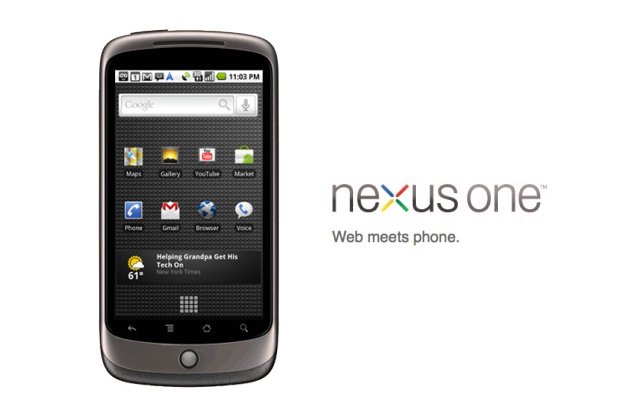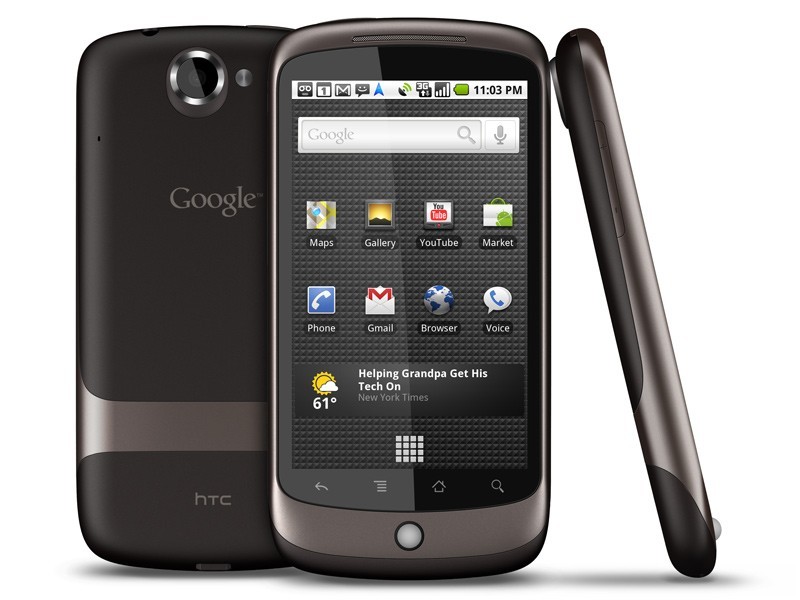Ever since Android was officially made available for smartphones, manufacturer decided to add their own flavor of UI on top of the operating system. This led to significantly different experiences on different smartphones running the same OS underneath.
Google wasn’t happy with such variance in the Android experience. The company had an ideal view of how the operating system should work on an Android phone but it couldn’t force companies to ditch their customizations. This eventually led to the birth of the Google Nexus series, one of the most sought out lineup by Android enthusiasts across the globe. So if you have been following the Android landscape ever since its inception, it’s highly likely that you’ve heard or seen the first-ever smartphone in the Google Nexus lineup, the HTC Google Nexus One.
HTC was a major smartphone maker back then and it wasn’t a surprise that the search engine giant decided to partner with them to make its first smartphone. The hardware partners have changed a few times since Nexus’ inception, but one thing was common among all partners – they were given freedom to design these Nexus phones. But the software would be controlled by Google and it would become the base of how a perfect Android phone ran on the latest version of the OS. Being the first-ever Nexus smartphone, the HTC Nexus One has a special place in our hearts. So let’s take a closer look at what it had to offer back in 2010.
The HTC Nexus One had a typical HTC design. The back was slightly curved and the overall design was similar to the company’s Desire model. There were actually two versions of the Nexus One back in 2010. The first units rolled out with a Pentine AMOLED display but it would later be replaced by a Super LCD panel which reportedly offered better power efficiency and color accuracy.
The front had a tiny 3.7-inch display of 800 x 480 pixels. This was one of the better displays back in 2010. There were four capacitive buttons, which was typical of the Nexus lineup. But there was a trackball below these capacitive buttons which made the phone unique. It was a lot similar to Blackberry devices and offered easy navigation across the OS. Interestingly, this trackball also doubled down as a notification light, which looked pretty cool.
Editor’s Pick: Google introduced Shoelace; a new social network to tie people together
As for the specs, the Nexus One was no slouch. It came with the Snapdragon S1 single-core 1GHz processor with 512MB of RAM and 512MB of ROM. No, this is not a mistake. The phone had just 512MB of storage, which forced the company to add a dedicated MicroSD slot on board. On the back there was a decent 5MP camera with autofocus and LED flash. The battery was average for its time at 1400mAh. Notably, it was removable, unlike Nexus devices that were launched later on. 2010 wasn’t exactly the selfie age, so Google and HTC decided not to add a front camera.
Previous Throwback: We Revisit the World’s First Camera Phone & Its Selfie Camera
The real highlight of the Nexus lineup has always been its software and the Nexus One was no exception. The phone came with Android 2.1 Eclair out of the box with voice-guided navigation and voice to text transcription. Imagine how far we’ve come in the last 9 years. Everything is voice-based now, with Google Assitant and Alexa taking over our daily lives. The phone also brought 3D icons and live wallpaper which looked pretty cool for its time. Given that this was a Google-backed device, the Nexus One received a number of major updates. The phone got Android 2.2 Froyo and also Android 2.3.6 Gingerbread. It could have been updated to Android 4.0 Ice Cream Sandwich too, if not for its super-old hardware platform.
With these specs and software, the Nexus One would have sold pretty well right? Unfortunately, the phone didn’t fare so well in terms of sale.
Nevertheless, the Nexus One will always have a very special place in our hearts. It was the first-ever Google phone and is the reason why the Pixel lineup exist today!
So did you ever use the Nexus One? What are your thoughts?
UP NEXT: Huawei files a trademark application for “Cine-Lens” and “Camera Matrix”








